Introduction:
Robots have come from science fiction to reality. This weekend, I took my son to witness the world’s first humanoid robot half marathon.
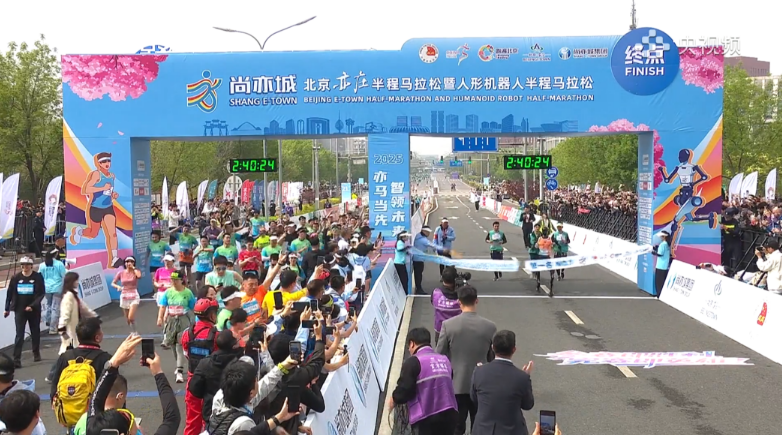
During the event, my son asked me why some robots looked clumsy, and why some were “exhausted to the point of falling apart”?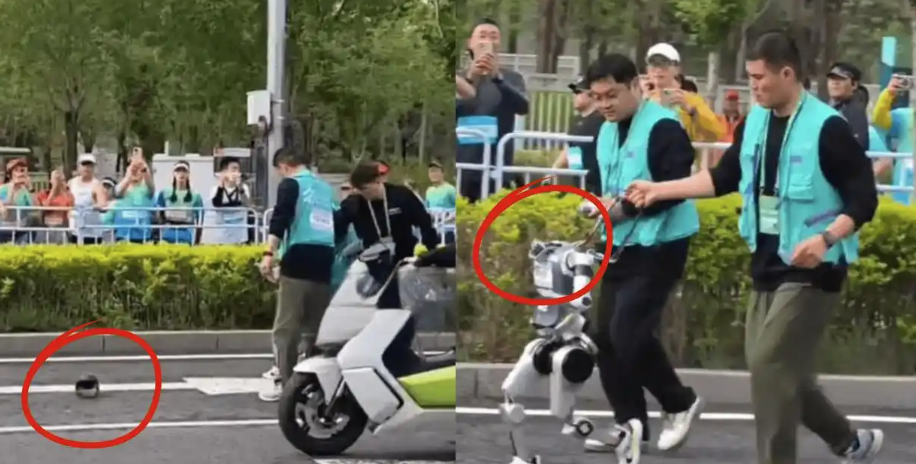 So we need to analyze this from the perspectives of knowledge, environment, difficulty, and significance:
So we need to analyze this from the perspectives of knowledge, environment, difficulty, and significance:
First, let’s talk about Tiangong, which crossed the finish line and became the first humanoid robot to complete the half marathon among 20 competitors.
“When you mention Tiangong, what comes to mind?”
My son said he thinks of the world’s first comprehensive work on agriculture and handicrafts, “Tiangong Kaiwu”, written during the Ming Dynasty.
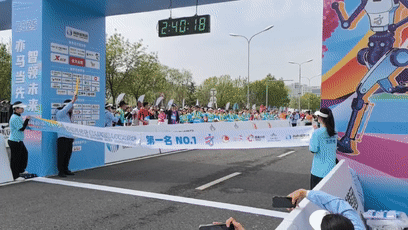
Indeed! Mastering robotics technology is not as simple as learning one or two knowledge points.
Robotics is a culmination of interdisciplinary knowledge application.
DeepSeek summarizes the interdisciplinary and application fields of robotics in the following table: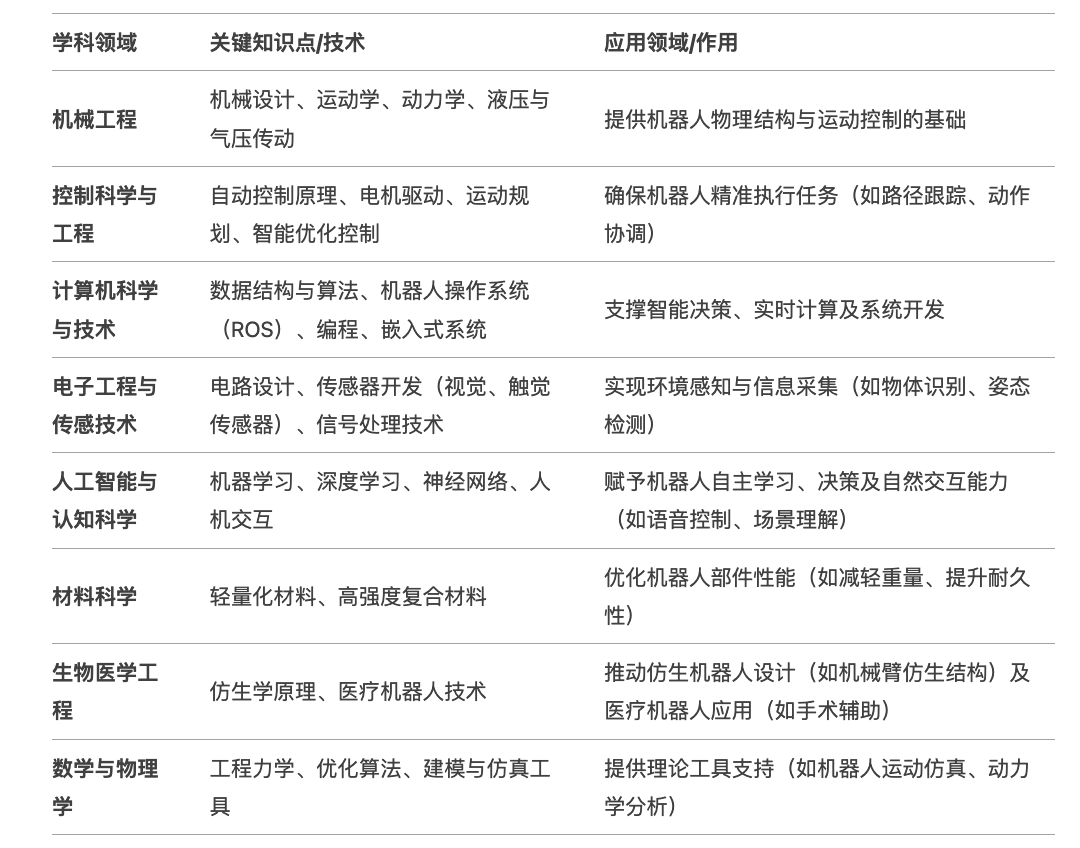
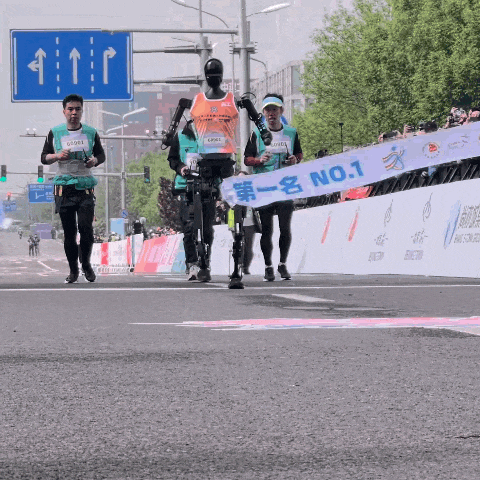
Moreover, the application environments are different.
This half marathon covered over 21 kilometers, with the course involving slopes and 14 turns, requiring the robots to cross tracks, with various turning angles greater than 90°.
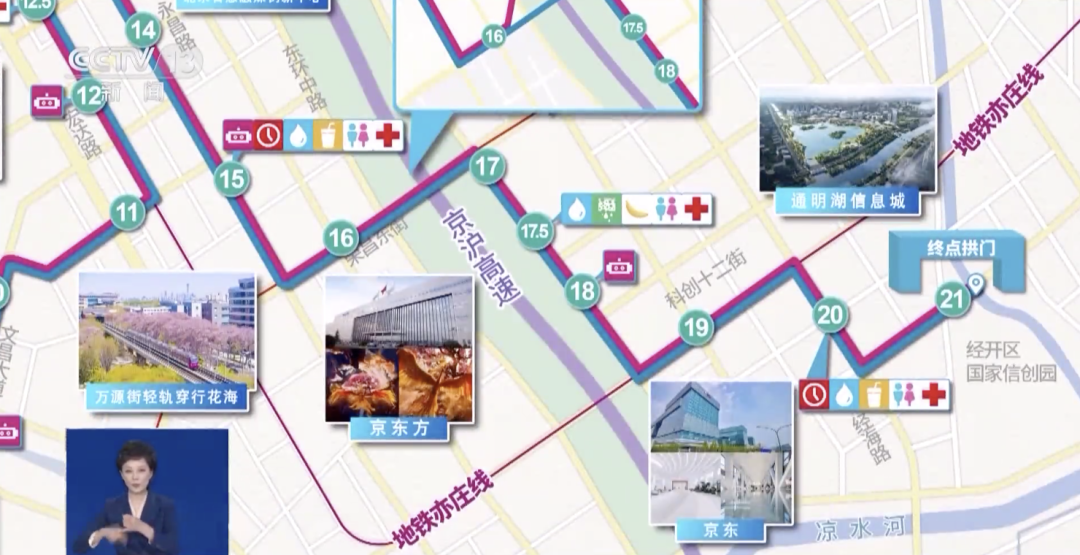
Compared to the usual exhibition scenarios in venues, running outdoors for an extended period imposes higher demands on the robot’s joint actuator response speed, impact resistance, battery life, and precise path planning, serving as a test of the team’s comprehensive technology.
This can be considered a high-difficulty competition in the humanoid robot field, which is why each robot competitor performed differently on-site.
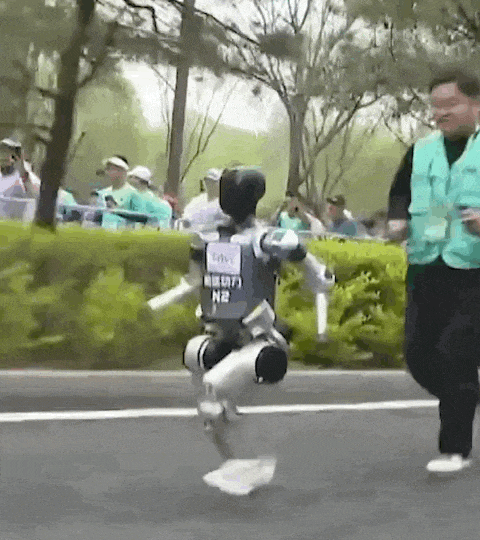
▲ Fast-paced type
▼ Looking around type
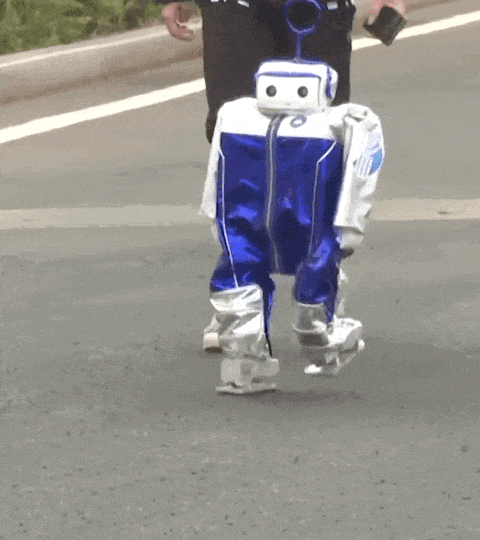
There were many memorable moments on-site: robots also have times when they just want to lie down and not move.
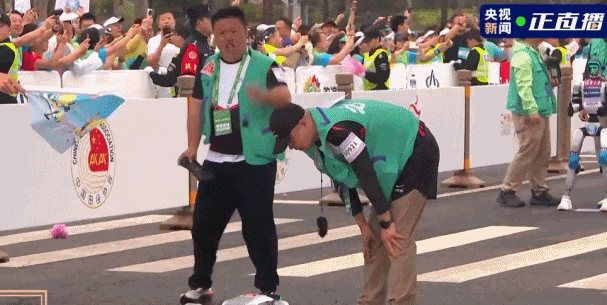
Some fell apart while walking, some crashed into barriers, and some failed to start and were removed.
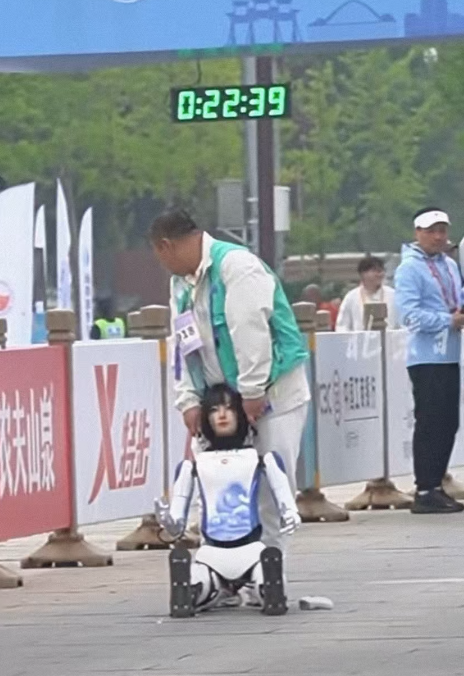
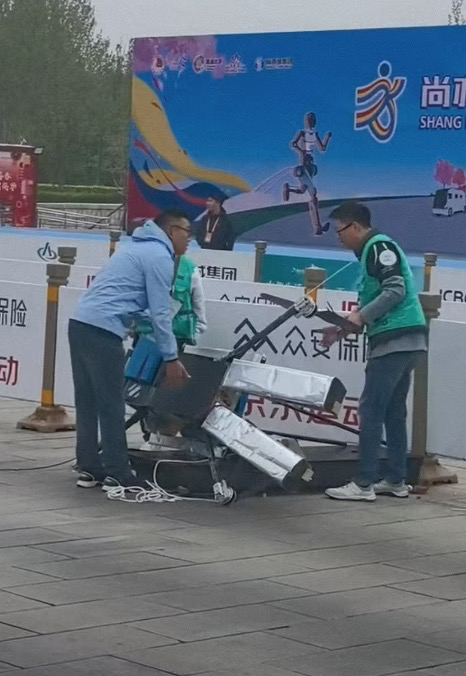
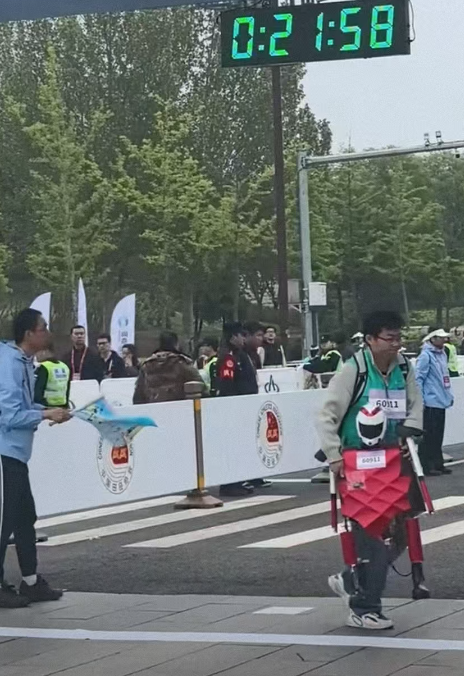
Even the champion Tiangong robot fell at the 17-kilometer mark, but after emergency repairs by engineers, it continued on its way, illustrating the difficulty of robot running.
My son said that to become an engineer in the future, one needs not only a good brain but also good physical strength and speed!

Indeed, after the race, a team engineer said it was the most exhausting day since he joined the company, and my son silently did two more pull-ups after watching.

My son didn’t understand why making robots run like humans is so difficult?
When humans run, based on the basic biomechanics of lower limb movements, it can be divided into: landing, support, push-off, and airborne phases.
The airborne phase is a significant characteristic of running, occurring briefly and alternately, requiring the maintenance of body balance and stability.
From the table below, we can see that speed is positively correlated with the airborne phase of both feet, and the airborne phase can increase stride length and speed.
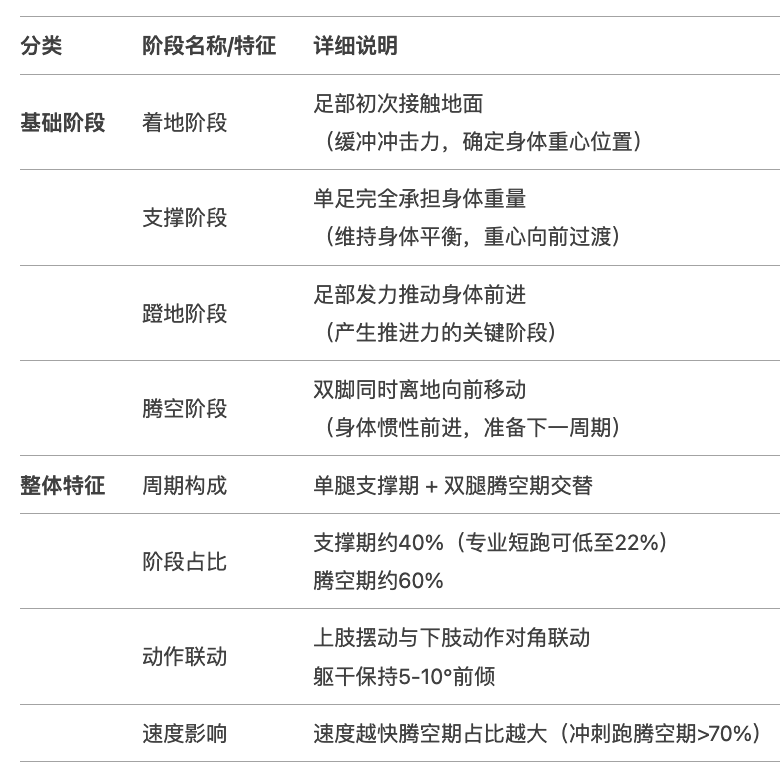
If we want robots to run fast, we need to solve the hardware challenges of automatically adjusting the center of gravity of the limbs, maintaining the stability of the running posture.
This requires robots to overcome the effects of gravity, while also testing the shock resistance of the joints during running, as the forces acting on the running joints are much greater than those during walking, with impacts several times greater.
Moreover, unlike humans, robots also need to consider the heat generated by long-term joint movements.
In human running, the transitions between phases are continuous and difficult to distinguish with the naked eye.
Previously, the Tiangong team interviewed engineers who explained that Tiangong strengthens imitation learning through various data on human joint movement changes.
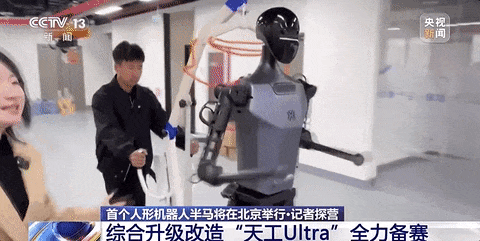
During the learning process, the robot runs and falls, continuously adjusting through trial and error, gradually growing.
Engineers optimize the motion control algorithms, and if Tiangong performs well, it will receive a reward function in the system, encouraging it to strive in that direction.


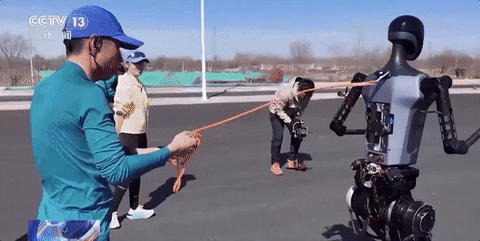
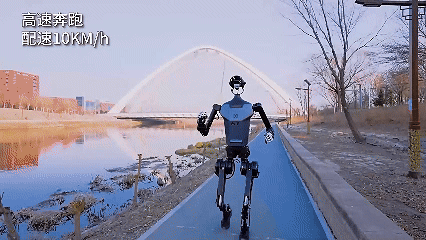
This racecourse terrain includes: flat asphalt roads, bumpy cracked roads, long gentle slopes, short steep slopes with a maximum gradient of ≤9°, as well as stone roads, grass, and gravel roads, representing various real and complex road conditions.
In such an environment, it can comprehensively assess the robot’s capabilities in environmental perception, motion planning, energy management, and mechanical durability. For robots to run more steadily and further, it is undoubtedly a significant test.“Mom knows that in this humanoid robot half marathon, ultimately only a handful of competitors finished the race, which is disappointing. Some even ask: If we want robots to be fast, why not just use wheels? Is it meaningful to mimic human running?”Seeing my son’s puzzled expression, I explained:“Indeed, wheeled robots are more efficient and stable than humanoid robots in terms of movement, but behind this competition is a profound consideration of future robot application scenarios.”Professor Yu Naigong from Beijing University of Technology stated in an interview with Science Popularization China:
“Compared to wheeled and tracked robots, humanoid robots are structurally closest to humans, making it easier for them to integrate into various complex environments in human production and life, such as climbing stairs and navigating narrow passages with obstacles.”
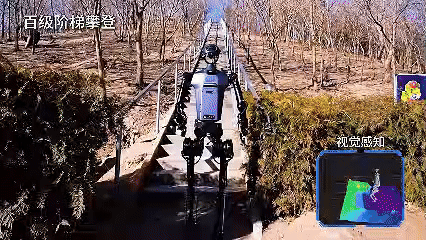
In this half marathon challenge, humanoid robots accumulate experience through high-intensity, long-duration running, improving algorithms and hardware.
Thus, advancing high-difficulty technologies such as embodied intelligence, motion balance control, and gait planning, enabling them to better serve humanity in future daily life.”
At this point, the significance is clear, and my son’s initial question has been answered.In fact, behind the robots that are exhausted yet still running are the persistent explorations and iterations of engineers, which have brought the concept of “human-robot symbiosis” from science fiction into daily life.As many netizens have said: “This is not a black history; it is the path of technological progress.”I’m particularly looking forward to humanoid robots being applied in extreme environments, engaging in rescue operations and other high-risk tasks, protecting firefighters and saving more lives.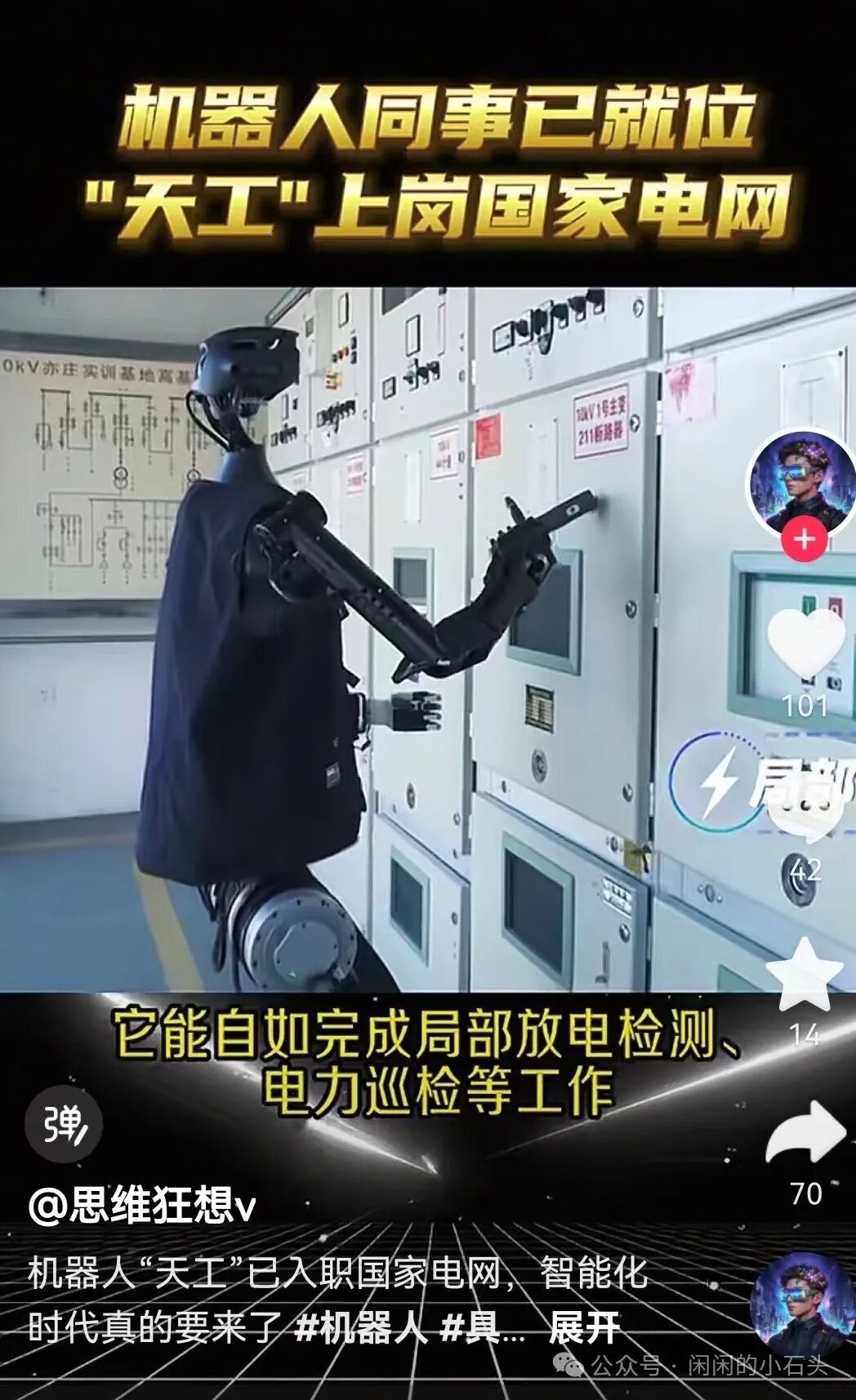
 I saw netizens say that in this robot marathon, one robot runs while three people follow (for towing, remote control, and maintenance), clearly creating new job opportunities.As parents, we should also give more support and encouragement to the participating robot teams.Perhaps our future children’s jobs will rely on interdisciplinary and multi-field robots!🤖
I saw netizens say that in this robot marathon, one robot runs while three people follow (for towing, remote control, and maintenance), clearly creating new job opportunities.As parents, we should also give more support and encouragement to the participating robot teams.Perhaps our future children’s jobs will rely on interdisciplinary and multi-field robots!🤖
Follow us for scientific parenting and journey together!

✏ Submission | Welcome to submit original articles, please send to: [email protected]
📖 Reprint | Reply “Reprint” in the background to get authorization methods
Tongxing Academy
Systematic General Education
Long press to follow and journey together
Click“ ” to share with friends!
” to share with friends!
